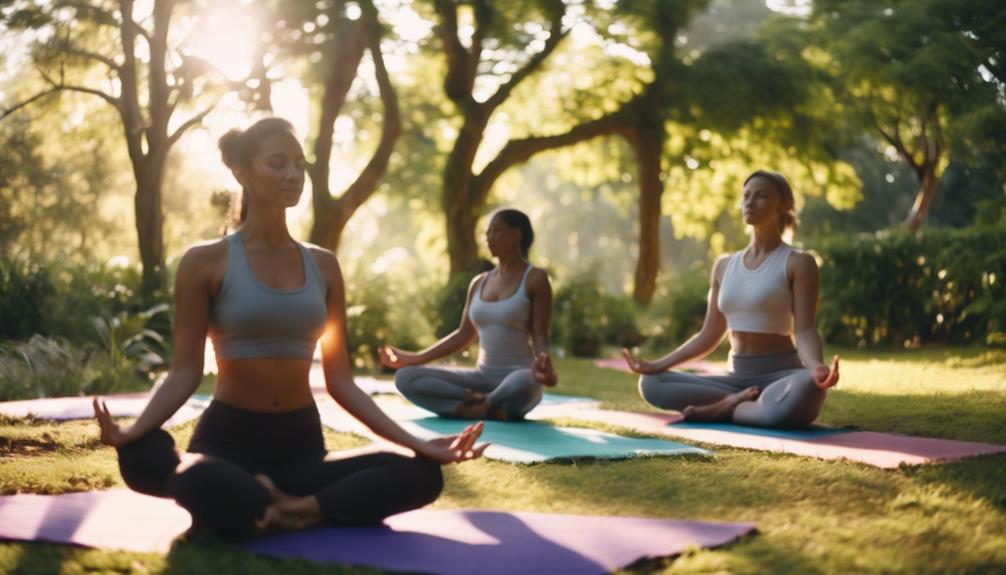Will Yoga Help Scoliosis

Scoliosis is a condition characterized by an abnormal curvature of the spine, which can lead to discomfort, postural issues, and varying degrees of physical limitations. Individuals seeking relief often explore various treatment options, including physical therapy, chiropractic care, and alternative methods like yoga. In this comprehensive guide, we will delve into the question: Will yoga help scoliosis? We’ll explore how yoga may positively impact scoliosis, the science behind it, and tips for incorporating yoga into your routine.
Understanding Scoliosis: What You Need to Know
Before discussing whether yoga can help scoliosis, it’s essential to understand what scoliosis is. This condition can develop during childhood or adolescence, although it may also occur in adults. Scoliosis can range from mild to severe, with symptoms that may include uneven shoulders, a prominent rib cage, and back pain. In severe cases, scoliosis may lead to complications affecting the lungs and heart. Early detection and appropriate management are crucial for minimizing the condition’s impact on daily life.
The Role of Yoga in Physical Health and Well-being
Yoga has been practiced for centuries and is known for its physical and mental health benefits. It involves a combination of postures, breathing exercises, and meditation that promote flexibility, strength, and relaxation. For individuals with scoliosis, yoga can help enhance body awareness and improve spinal alignment. Moreover, various yoga poses can strengthen the muscles surrounding the spine, which may alleviate discomfort and improve overall posture.
Scientific Evidence: Does Yoga Work for Scoliosis?
Research on the effectiveness of yoga for scoliosis is still evolving, but several studies have shown promising results. A systematic review published in the journal *Scoliosis and Spinal Disorders* highlighted that specific yoga interventions could lead to improvements in spinal curvature and quality of life for individuals with scoliosis. Furthermore, yoga’s focus on breath control and mindfulness can help manage pain and reduce anxiety associated with living with scoliosis.
Related Posts:
Yoga Poses to Consider for Scoliosis
If you are considering yoga to help manage scoliosis, certain poses can be particularly beneficial. Here are a few to incorporate into your practice:
1. Cat-Cow Stretch: This gentle flow between two poses increases flexibility in the spine and helps with muscle activation.
2. Child’s Pose: A restorative pose that gently stretches the back and hips, providing relaxation and relief from tension.
3. Triangle Pose: This pose encourages lateral stretching and can help improve balance and stability.
4. Seated Forward Bend: This stretch focuses on lengthening the spine and calming the nervous system.
Always consult with a healthcare professional before starting a new exercise regimen, especially if you have scoliosis.
Finding a Qualified Yoga Instructor for Scoliosis
If you’re considering yoga as a treatment for scoliosis, finding an instructor with experience in working with individuals with spinal conditions is crucial. Many yoga studios offer classes specifically tailored for those with scoliosis or back pain. Look for instructors who emphasize safe alignment and modifications to accommodate different body types and limitations. Online platforms also provide access to classes that cater to those with specific needs, allowing you to practice in the comfort of your home.
Complementary Therapies to Enhance Yoga’s Benefits
While yoga can be an effective tool for managing scoliosis, combining it with complementary therapies can enhance its benefits. Physical therapy, for instance, can provide targeted exercises to strengthen the muscles supporting the spine. Chiropractic care may help with spinal alignment, while massage therapy can alleviate muscle tension. Integrating these therapies with yoga can lead to a holistic approach to managing scoliosis and improving overall well-being.
Creating a Sustainable Yoga Practice for Scoliosis
To reap the benefits of yoga for scoliosis, it’s essential to establish a consistent practice. Start with short sessions and gradually increase the duration as you become more comfortable. Focus on quality over quantity; it’s better to perform a few poses correctly than to rush through a full routine. Additionally, listen to your body and modify poses as needed. If you experience pain or discomfort, consult with a healthcare provider or a knowledgeable yoga instructor for guidance.
Conclusion: The Path Forward with Yoga and Scoliosis
In summary, the question of will yoga help scoliosis can be answered with a resounding yes, provided it’s practiced mindfully and with proper guidance. While it may not be a cure-all, yoga offers numerous benefits that can help individuals with scoliosis manage their symptoms, improve flexibility, and enhance their overall quality of life. As with any health-related decision, consult with a healthcare professional to create a personalized plan that suits your needs. Embrace the journey of exploring yoga as a supportive practice in your scoliosis management strategy, and enjoy the physical and mental benefits it brings.
By understanding scoliosis, incorporating targeted yoga poses, and seeking qualified instruction, individuals can find a supportive pathway to better health and well-being.